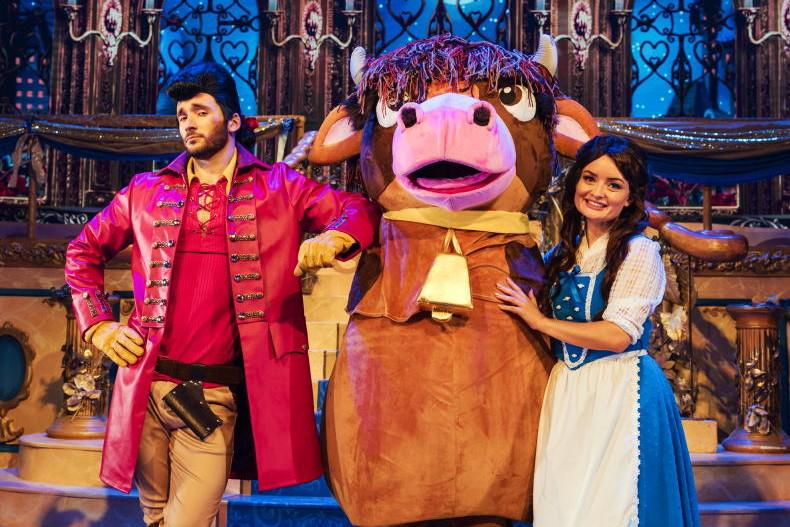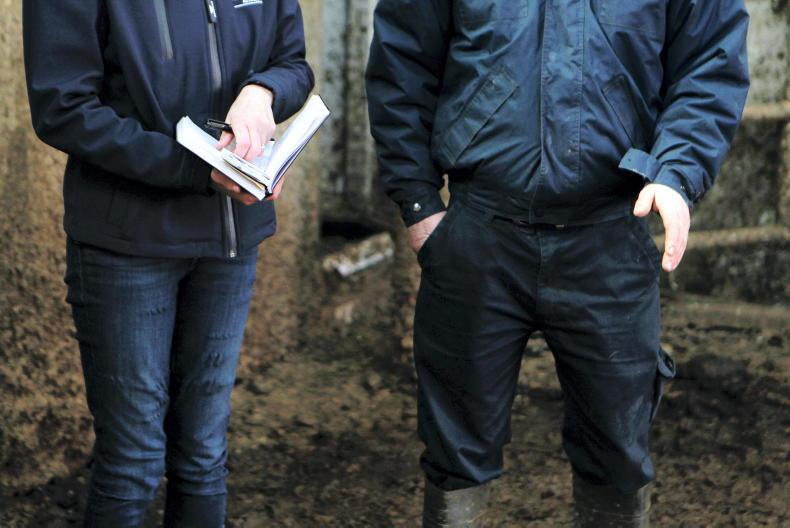When I was growing up, my points of reference for body image were teen magazines, TV soaps and my circle of friends. We hankered after perms, puffball skirts and shell suits. It all seems like an age of innocence now, compared to the barrage of images of perfection we all experience daily through media messaging.
“A young person growing up today might see more images of physical perfection in one day than their parents or grandparents would have seen in their entire teenage years,” says Fiona Flynn, youth development manager of Bodywhys – The Eating Disorders Association of Ireland.
Little wonder then that the proliferation of the thin ideal for females and the muscular ideal for males is putting our teens under pressure and affecting their everyday activities.
“Adolescence can be a particularly pivotal time for body image development,” says Dr Ciara Mahon, post-doctoral research fellow in the UCD School of Psychology.
“Negative body image is typically thought of as body dissatisfaction, when we perceive a discrepancy between how we think we should look and how we look.
“Positive body image is quite distinct. It’s not just liking the way you look. It involves respecting, caring for, appreciating your body; it’s not just satisfaction or dissatisfaction, it’s actually more of a holistic concept.”
Shift focus away from what our body looks like and onto what our body can do for us
Online influence
In 2019, My World Survey (The National Study of Youth Mental Health in Ireland) reported a significant relationship between time spent online (more than three hours every day) and higher levels of depression and anxiety and lower levels of body esteem.
According to Ciara’s research with transition years, distorted body ideals are hard to shift.
“Because they saw so many idealised bodies online, even though they had knowledge about the unrealistic nature of the bodies they saw [that they were filtered or edited], it still didn’t stop the comparison and the desire to look like that,” says Ciara, who adds that body image is a “growing issue among boys.”
“Although boys viewed social media more positively, there was still an overriding theme of young people being very hard on themselves, constantly striving to achieve, and anything short of this was a failure,” says Ciara of her own research.
“For girls particularly, failing to achieve these body ideals is interpreted as their own personal failure to work hard enough,” she continues.
“Spending a lot of time editing, retouching, agonising over how to present themselves and editing their images encouraged them to focus greater attention on their perceived flaws.”
Instant feedback in likes and comments only compounds this negativity in a very visible and public way. Avoiding these images and messaging is difficult when our young people are constantly being targeted because of their demographic and by algorithms.
We are all different and come in all shapes and sizes. Everybody is worthy of respect, irrespective of what they look like
Supporting our children
So how can we help our children perceive their bodies more positively?
“Celebrate diversity,” recommends Ciara. “We are all different and come in all shapes and sizes. Everybody is worthy of respect, irrespective of what they look like.”
Show your young person that they don’t have to change how they look to be loved or accepted, and shift focus away from what our body looks like and onto what our body can do for us, suggests Ciara.
“Our bodies are instruments that help us get through the day, not just ornaments to look at,” she says.
This approach is also recommended by Fiona Flynn of Bodywhys.
“Start early by being conscious of how we speak about people and bodies in front of children,” she recommends.
Move the attention from appearance to the “whole” person in conversations. It’s startling how often and how easily we comment on appearance, however well-meaning.
“If we judge people by how they look, compliment people on weight or appearance or express dissatisfaction with our own bodies, children may learn that appearance and weight are important,” suggests Fiona.
Focus instead on qualities we admire in others (including those in the media), such as valuing kindness, honesty, being good fun or a good listener.
Fiona recommends having honest conversations about the media with our children from an early age, letting them know about airbrushing and that not all the images they see are real.
Talk about social media with your teen, helping to promote positive behaviours which support their wellbeing. It’s important to recognise social media as a great source of connection so avoid talking it down.
“Encourage them to be conscious of what they follow and how it affects them and to keep the lines of communication open so they know they can talk to you if they experience negativity online or in real life,” says Fiona.
Practice self-compassion
Our default often is to be critical of ourselves, which isn’t always helpful, concludes Ciara.
“We all experience insecurities and setbacks and challenges, but the key is how we respond to them. One of the ways we can promote healthier body image is actually having self-compassion, which helps us accept ourselves,” she says.
Quieting the critical inner voice and being comfortable in our own skin is something we can all aspire to and, by starting with ourselves, we’ll be best placed to help our children achieve this.
Further information
Bodywhys developed a new website on body image which has a range of supports for teachers, students and parents to promote positive body image: bodywhysbodyimage.ie
If parents have concerns, they should seek advice from Bodywhys as early as possible. For information about eating disorders and the Bodywhys support services please see: bodywhys.ie









SHARING OPTIONS